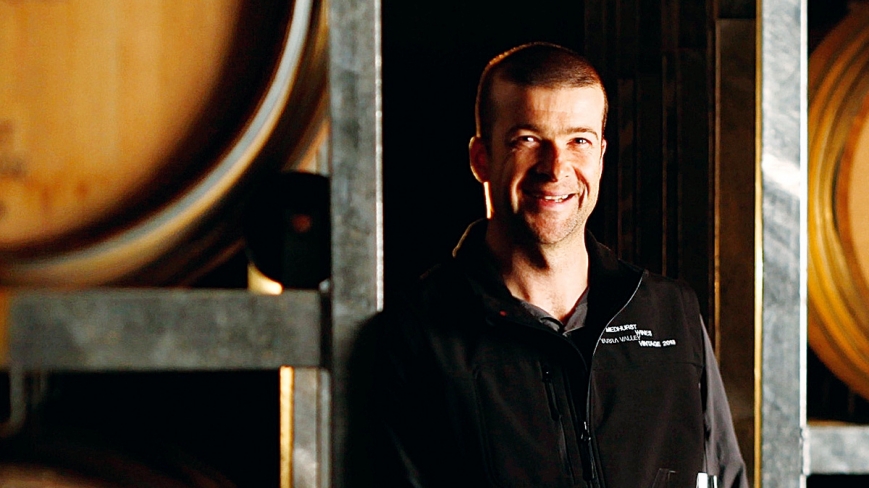There’s a flavour in wine that exists only in Australia. It’s a mint or eucalyptus character caused by a chemical compound called cineole and it is found where grapes are grown near eucalypt trees.
It can be tasted in wines from the temperate climates of southern Australia – where we grow our grapes is where gum trees flourish.
Trials by the Australian Wine Research Institute (AWRI) have shown that the closer grapes are grown to gum trees, the higher the concentration of cineole in wine. AWRI reports show there are wine drinkers who love mint in wines – a significant 38 per cent of drinkers in its trials. One of its papers suggests mint is a character winemakers might choose to pursue. But you can have too much of a good thing and, while I’m quite fond of a little mint, it has to be in balance with the wine.
In 2011, winemaker Matt Steel stood up in front of 60 winemakers at a pinot noir workshop and ripped into a wine, during a blind tasting, for being one-dimensional and tasting of mint. A few minutes later, when the wines were revealed, Steel was shocked to find the wine was his. He started to do something about it.
“I vividly recall this one particular wine smelled of a bush block on a hot summer’s day, with a crunchy eucalypt/mint aroma,” says Steel, of Medhurst Wines in the Yarra Valley. “I was highly critical of it – anything that’s so one-dimensional that a single attribute dominates the wine, I don’t really like it. So I led the charge bagging the wine, only to find the wine was mine and my cellar palate was way off.
“It stood to reason, as the block the wine came off has a couple of huge gum trees right in the middle and the northern boundary is lined with blue gums. And, with the prevailing north winds, there’s a fair chance it’s going to get a bit of cineole contact.
“We’re either blessed or cursed by the mint character, depending on which way you look at it,” he says.
Airborne oils from the leaves can deposit on grapes and eucalypt can get into wine as “MOG” – matter other than grapes.
“If you get bark from a gum tree in a ferment you’ll increase the mintiness in the wine and if you get leaves involved, which have the oils in them, well, they’re a definite no-no,’’ Steel says. “Research shows a couple of grams of gum leaves in 500 kilos of grapes can have a significant impact (on the wine).”
Cineole affects pinot noir more than other grapes – it’s such a delicate variety that small things can have a bigger impact on it than a full-bodied wine such as shiraz.
“My desire as winemaker here is to chase aroma. Mint’s a really strong aroma but it’s not one I’m chasing. I don’t mind it being there, but if it’s dominating I’m disappointed.”
Since 2012 Steele has worked on a theory that rotundone – the peppery component of cool-climate shiraz – might mask the impact of mint and eucalypt aromas. Results have been so encouraging that AWRI is now part of Steel’s trials.
In 2012 Steel picked fruit from immediately under some gum trees and kept it separate, fermenting the grapes as whole bunches to encourage the peppery characters. The rest of the vineyard’s grapes were destemmed and made into wine in the normal way.
“We took both wines to the pinot workshop the following year and in the blind tasting they were put in as a pair. Neither of the wines was described as minty,” Steel says.
“The whole bunch brings in a range of other aromas and whether they dominate or mask the mint, it really works for us. As an added bonus, we really like the tannin profile we get from it.”







